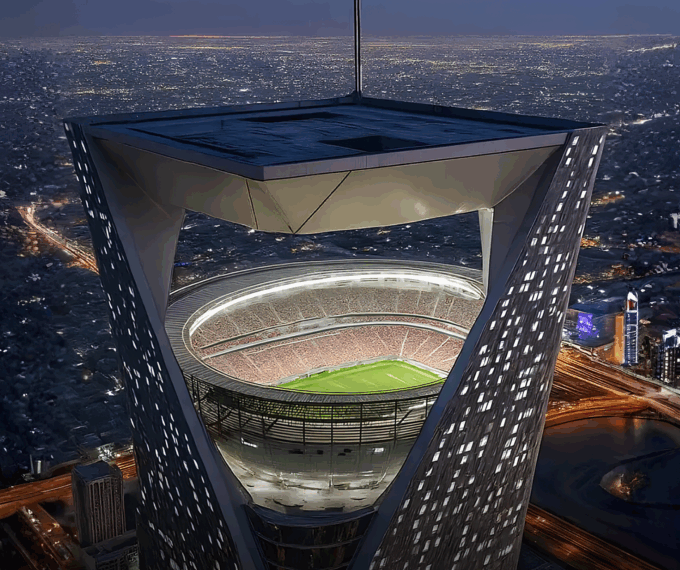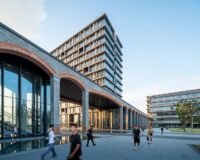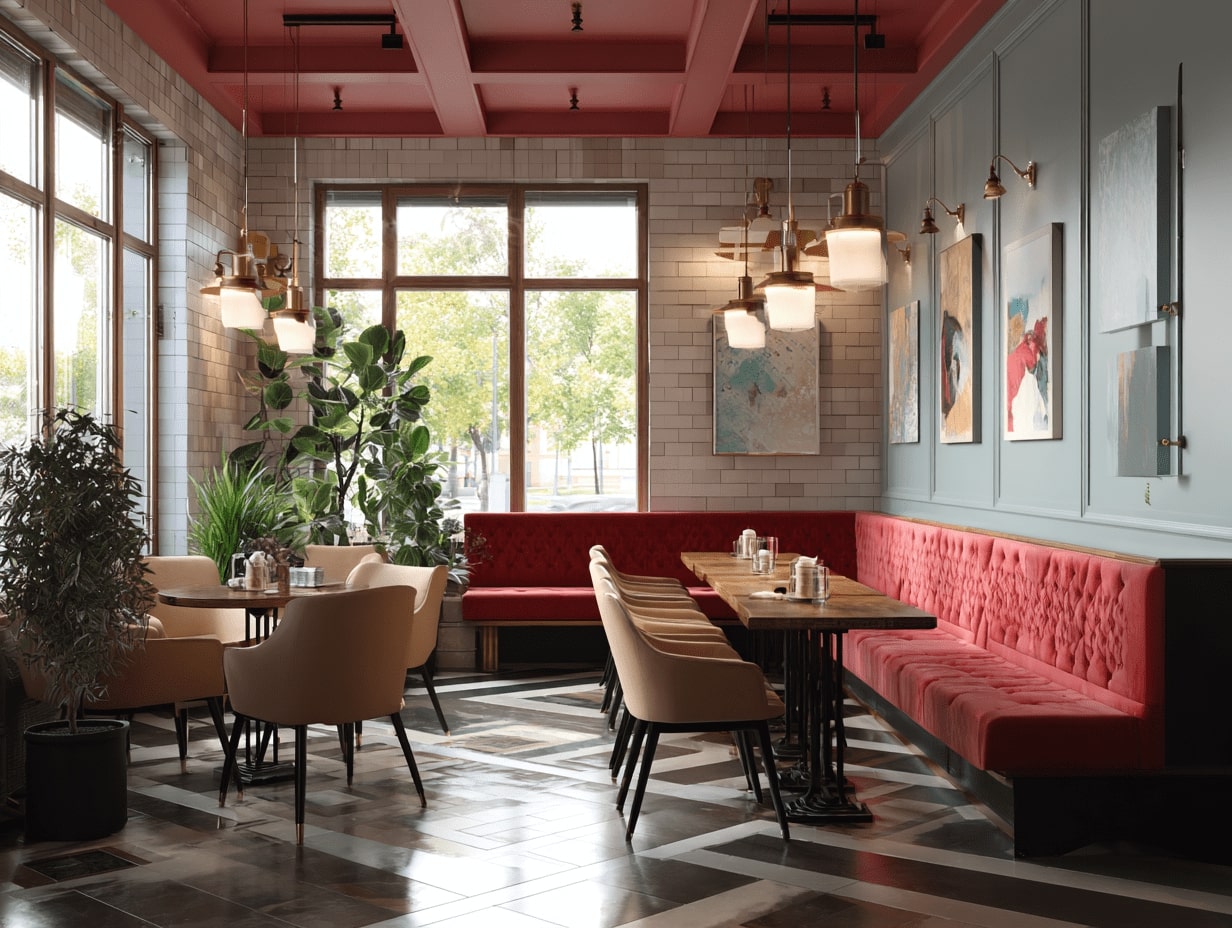- Home
- Articles
- Architectural Portfolio
- Architectral Presentation
- Inspirational Stories
- Architecture News
- Visualization
- BIM Industry
- Facade Design
- Parametric Design
- Career
- Landscape Architecture
- Construction
- Artificial Intelligence
- Sketching
- Design Softwares
- Diagrams
- Writing
- Architectural Tips
- Sustainability
- Courses
- Concept
- Technology
- History & Heritage
- Future of Architecture
- Guides & How-To
- Projects
- Interior Design
- Competitions
- Jobs
- Store
- Tools
- More
- Home
- Articles
- Architectural Portfolio
- Architectral Presentation
- Inspirational Stories
- Architecture News
- Visualization
- BIM Industry
- Facade Design
- Parametric Design
- Career
- Landscape Architecture
- Construction
- Artificial Intelligence
- Sketching
- Design Softwares
- Diagrams
- Writing
- Architectural Tips
- Sustainability
- Courses
- Concept
- Technology
- History & Heritage
- Future of Architecture
- Guides & How-To
- Projects
- Interior Design
- Competitions
- Jobs
- Store
- Tools
- More
Lighting as a Narrative Tool in Interior Architecture

In contemporary architectural discourse, lighting has evolved far beyond its utilitarian origins. Today, it plays an essential narrative role in shaping the mood, spatial perception, and even the identity of an interior. Architects and designers are no longer asking merely how to light a room, but rather what story the light should tell.
Table of Contents
ToggleUnderstanding the Spatial Intent
Every space carries an intention. A living room might invite dialogue and warmth, while a gallery corridor may demand focused drama. When choosing lighting, it’s crucial to interpret these spatial cues. Does the room crave softness or contrast? Should it open up or draw inward? By understanding the emotional and functional goals of a room, lighting becomes a medium that elevates the space instead of merely serving it.
The Emotional Architecture of Fixtures
Fixtures are no longer passive participants in a design—they’re emotional markers. A pendant light over a kitchen island can suggest intimacy, productivity, or celebration depending on its material and warmth. Crystal chandeliers, for instance, have reclaimed their status not only in classical interiors but also in eclectic, modern contexts. Their refractive surfaces diffuse light in a way that enhances architectural detail and introduces a gentle opulence. It’s no coincidence that interest in crystal chandeliers for sale continues to grow among designers seeking timeless yet statement-making pieces.
Material Matters
Just as texture and color affect our perception of walls and furniture, the materials of lighting fixtures play a decisive role in ambiance. Matte metals offer a grounded, industrial feel; frosted glass diffuses light with softness; and polished crystal amplifies both light and luxury. Particularly in larger or representative spaces, crystal fixtures don’t just illuminate—they animate. Their ability to refract and play with light introduces movement, shimmer, and a dynamic quality that static materials can’t achieve.

Designing in Layers
One of the most important principles in architectural lighting today is the use of layered lighting. Rather than relying solely on a central fixture, well-designed spaces integrate ambient, task, and accent lighting to create a flexible environment. This allows a room to evolve with time of day, use case, or even season. A well-placed floor lamp can turn a hallway into a reading nook. A hidden LED strip can make cabinetry float. And a single chandelier—especially one in crystal—can become both a visual anchor and a spatial storyteller.
A Balance Between Innovation and Tradition
Technological advancements have made lighting more customizable than ever before. Smart systems, tunable white light, and energy-efficient solutions now pair with heritage aesthetics. The once-clear divide between classic and contemporary has blurred—many of today’s most compelling interiors celebrate the coexistence of both. Choosing crystal chandeliers with LED compatibility, for example, allows one to honor decorative tradition while embracing modern performance and efficiency.
Conclusion
In architecture, light is as much about shadow as it is about brightness. It sculpts, it highlights, it comforts. As the boundary between design and function continues to dissolve, lighting becomes not just a technical consideration but a curatorial one. And in this evolving conversation, the right fixture—whether minimal or majestic—can offer clarity not just in sight, but in spatial meaning.
Trained as an architect and seasoned in the editorial trenches, I turn raw design concepts into compelling narratives that resonate beyond studio walls. My work spans in-depth project spotlights, interviews with visionary designers, and analysis pieces that distill complex technical data into accessible insights. Whether polishing copy for publication or generating original features, I draw on years of practice to ensure every sentence captures architecture’s rigor, poetry, and cultural impact—inviting professionals and enthusiasts alike to see the built environment through a sharper, more inspired lens.
Submit your architectural projects
Follow these steps for submission your project. Submission FormLatest Posts
Interior Design Best Practices for Living Rooms
Creating a comfortable and stylish living room requires a balance of both...
How to Fully Decorate Your Kitchen: A Practical Guide
Kitchens are no longer just functional spaces. They have become the heart...
Why Restaurant Design Matters for Social Life
Discover why restaurant design shapes social life. Learn how layout, seating, acoustics,...
The Architecture of Light: Natural Illumination That Shapes How We Live
Explore how natural light shapes architecture supporting circadian health, visual comfort, and...












Leave a comment